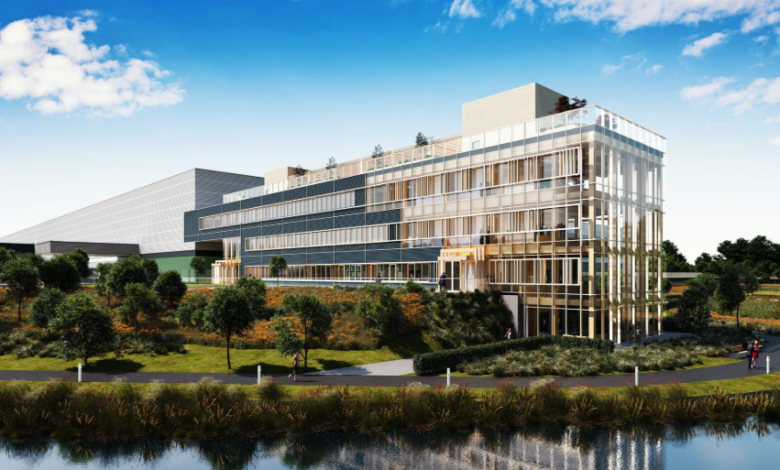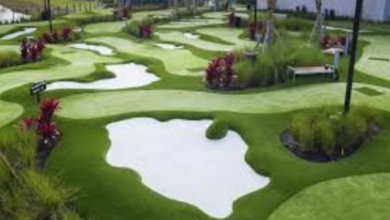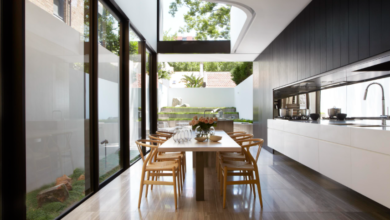How Facades Influence Urban Business Appeal

The facade of a building is often the first impression that a business can make on potential customers and clients. In the bustling urban environment, where competition is fierce, and every square inch of space is valuable, the importance of facades in influencing urban business appeal cannot be overstated. A well-designed facade not only attracts attention but also communicates the identity and ethos of the business it represents.
Visual Identity and Brand Perception
The design and maintenance of a facade are critical in shaping the visual identity of an urban business. A facade that is unique, eye-catching, and reflective of the brand can set a business apart in a crowded marketplace. Through colour, architectural features, signage, and lighting, a facade becomes a silent ambassador for the brand, speaking volumes about the company’s attention to detail, professionalism, and values.
First Impressions Matter
When it comes to attracting foot traffic, the impact of first impressions cannot be underrated. A clean, well-maintained facade suggests a business that values quality and customer experience. On the other hand, a neglected exterior may deter potential customers from stepping inside. Retail businesses, in particular, rely heavily on their external appearance to lure customers and generate interest.
See also: How Facades Influence Urban Business Appeal
Enhancing Customer Experience
For any business, the experience of the customer extends beyond the interior space. From the moment one approaches a building, the facade serves as an integral part of the overall customer experience. It sets the tone and expectation for the service or product offering within. A facade which aligns closely with the interior design and business ethos creates a seamless transition for the customer, reinforcing brand loyalty and satisfaction.
Economic Advantages of Aesthetic Investment
Investing in facade improvement often yields significant economic advantages. Property values, rental rates, and even sales can see an uplift when businesses present a well-designed exterior. Enhanced aesthetics contribute to revitalising urban areas, encouraging further investment and development, and fostering a positive perception of the locality.
Energy Efficiency and Sustainability
Modern facade designs are not just about aesthetics; they also incorporate energy-saving features and sustainable materials. By improving natural light, enhancing thermal insulation, and reducing energy consumption, an updated facade design can lead to lower utility costs and a smaller carbon footprint. This aspect of sustainability is not only good for the environment but also appealing to the increasingly eco-conscious consumer.
Reflecting Community and Cultural Context
The facade of an urban business also plays a role in the broader architectural conversation of the area. A design that respects and reflects the cultural and historical context of its surroundings can foster a sense of community and continuity. Facades thus become part of the narrative of the urban landscape and contribute to a sense of belonging and identity amongst residents.
Enhanced Security and Safety
A modern, well-designed facade can also contribute to the security and safety of an urban business. Use of robust materials and inclusive design can deter vandalism and break-ins, and ensure the safety of both customers and staff. In today’s urban environment, where crime and security are significant concerns, a strong facade is as practical as it is aesthetic.
Improved Wayfinding and Accessibility
An often-overlooked aspect of facade design is its role in wayfinding and accessibility. A facade that clearly indicates the main entrances and can be easily identified from a distance aids in navigation and accessibility. This not only improves the experience for those with disabilities but also enhances the overall customer journey, making the business more inviting to all segments of the population.
Marketing and Advertising Potential
A facade essentially serves as a blank canvas for marketing and advertising opportunities. Strategic use of facade space for branding or promotional materials can increase visibility and attract the attention of passersby, turning the building itself into a powerful marketing tool. In the digital age, a distinctive facade also becomes a backdrop for social media posts and location-based marketing, expanding the business’s reach even further.
Challenges in Urban Facade Design
While there are many benefits to facade design, urban businesses face unique challenges. Space constraints, regulatory compliances, and the need for harmonious integration with the surrounding streetscape require careful planning and design consideration. It’s a delicate balance between standing out and fitting in, but one that can reap significant rewards when achieved.
Conclusion: Realising Business Potential through Facade Excellence
Ultimately, facades are much more than just the external skins of urban businesses. They are complex elements that serve multiple functions, from branding and marketing to security and energy efficiency. Facade design is an investment that serves to enhance not only individual businesses but also the urban fabric as a whole. As cities continue to grow and evolve, the role of facades in urban business appeal will remain at the forefront of commercial success and architectural excellence.
In conclusion, businesses that recognise and capitalise on the potential of their facades can leverage significant competitive advantages. From speaking to the brand’s core values to enhancing the urban landscape, facades are pivotal in determining how a business is perceived and experienced. As such, urban business leaders and property owners must continue to give thoughtful consideration to their building’s exterior, ensuring that their facades reflect their ambition and contribute positively to the overall vibrancy of the urban environment.




